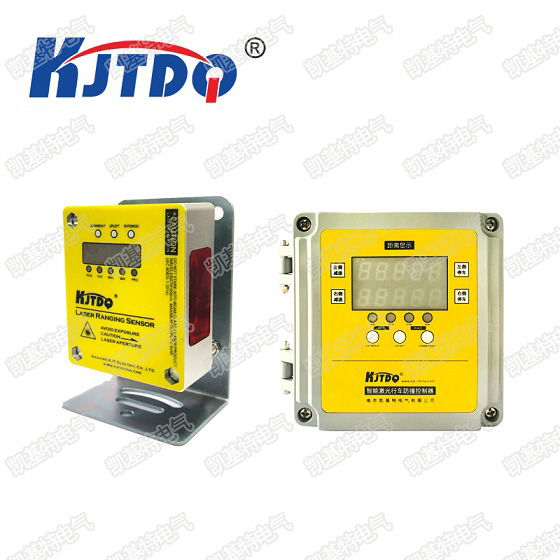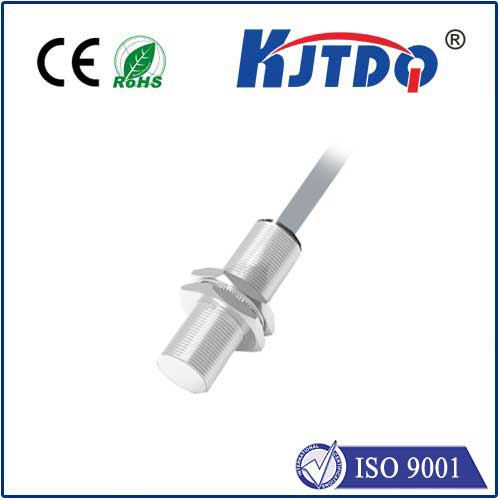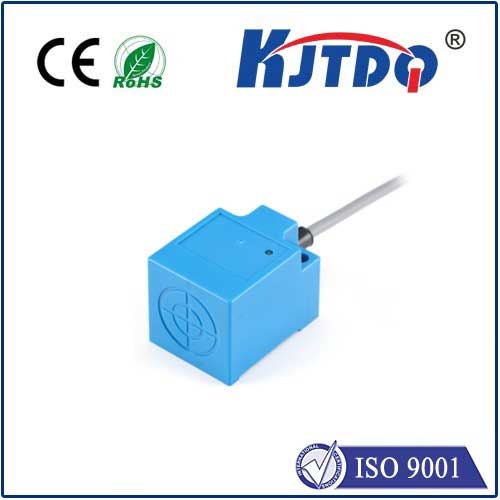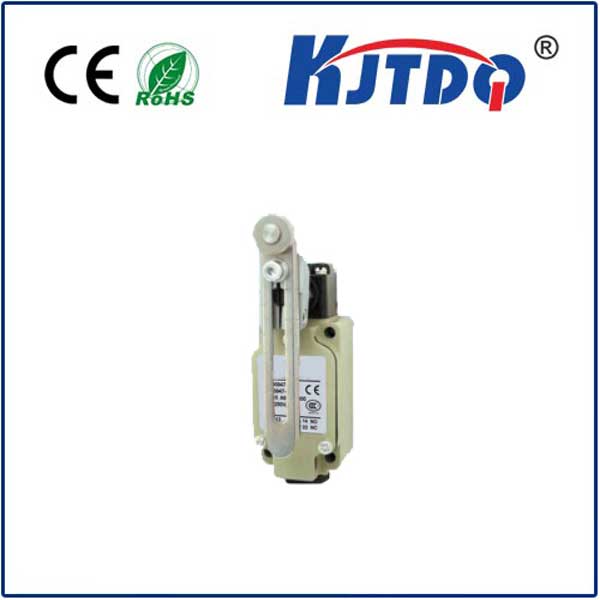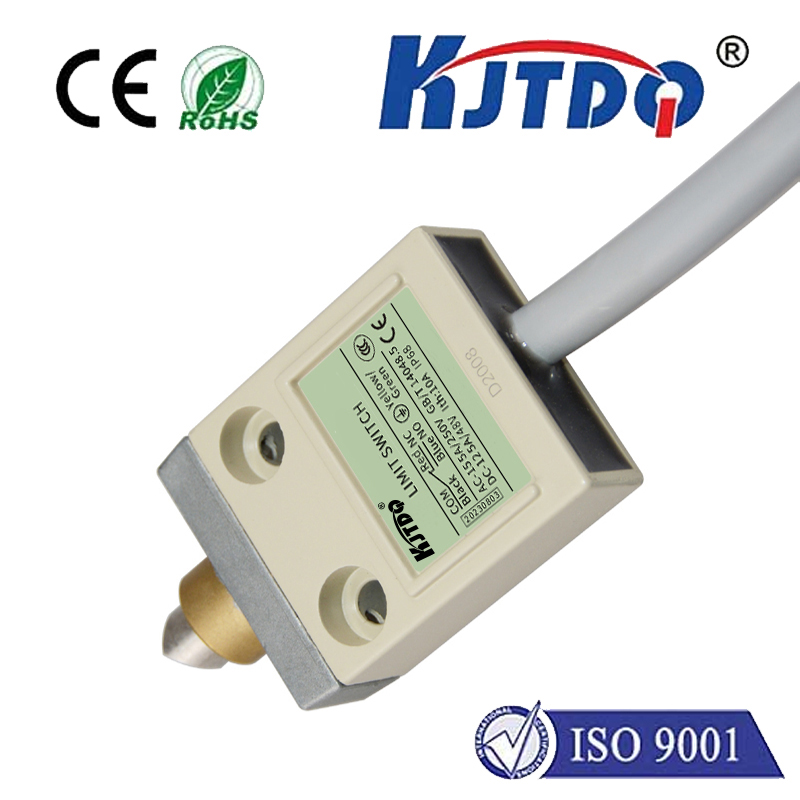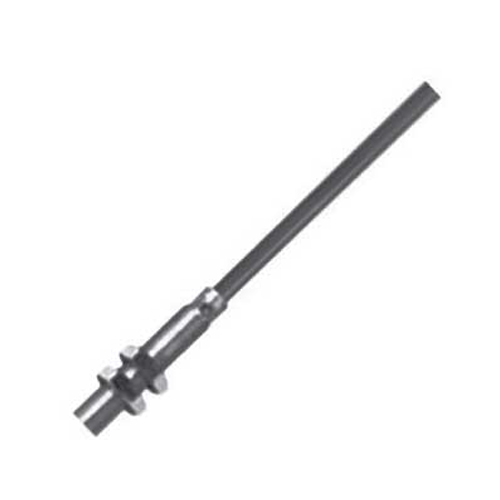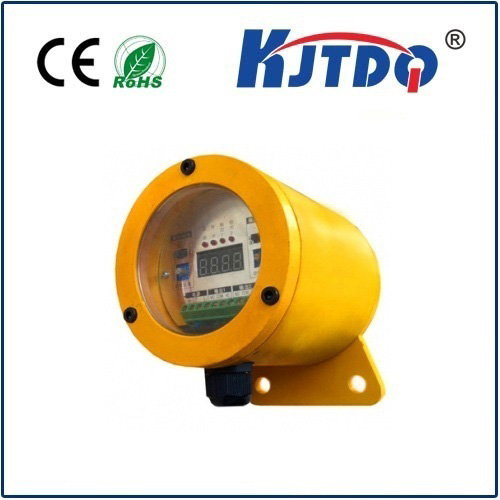combination fan and limit furnace control
- time:2025-08-04 12:14:03
- Click:0
Mastering Home Comfort: The Critical Role of Combination Fan and Limit Controls in Modern Furnaces
Imagine stepping inside on a frigid winter day, expecting warmth, only to be met with uneven heat, strange noises, or a furnace that cycles endlessly without truly warming your home. Often, the unseen heroes – or potential villains – behind these frustrating scenarios lie within the intricate dance of the combination fan and limit furnace control. Far more than just a component, this integrated system acts as the vital central nervous system for your furnace’s safe, efficient, and comfortable operation.
Understanding the Harmony of Fan and Limit
The term “combination fan and limit control” refers to a single, integrated device within a forced-air heating system (like a gas furnace) that performs two critical, interconnected functions:
- The Limit Control (Safety Sentinel): This is the primary safety feature. It acts as a high-temperature watchdog. Equipped with a temperature-sensitive sensor (often a bi-metallic strip or thermistor), it continuously monitors the heat exchanger’s temperature – the core component where combustion gases heat the air circulated through your home. Its paramount job is to prevent the heat exchanger from reaching dangerous, potentially catastrophic temperatures. If temperatures soar beyond the control’s preset safe limit (often around 200°F/93°C, but model-specific), it immediately signals the furnace to shut off the gas valve and halt combustion. This is a critical safeguard against heat exchanger damage, cracks (which can leak deadly carbon monoxide), and even fire hazards.
- The Fan Control (Comfort and Efficiency Conductor): This function manages the operation of the furnace’s blower fan. It also monitors heat exchanger temperature, but focuses on the optimal points for starting and stopping the fan. When the furnace ignites, the heat exchanger needs time to warm up before air is blown across it to avoid sending cold drafts through your vents. The fan control waits until the exchanger reaches a sufficiently warm temperature (typically around 110-140°F/43-60°C) before activating the fan. Conversely, after the thermostat is satisfied and combustion stops, the heat exchanger remains very hot. The fan control keeps the blower running until the exchanger cools down to a lower, safe temperature (often around 90-110°F/32-43°C), effectively extracting all usable heat and preventing that residual warmth from simply venting out unused.
Why “Combination” Control Matters: The Synergy

While separate fan and limit controls exist, the combination unit offers distinct advantages:
- Integrated Intelligence: Having both functions in one housing allows for more precise coordination between safety shutdowns and blower operation.
- Optimized Performance: By managing the fan based directly on heat exchanger temperature, it ensures the fan operates at the exact times needed for maximum comfort (no cold blasts) and efficiency (dissipating all residual heat).
- Compactness & Reliability: A single unit simplifies wiring and installation, potentially enhancing reliability.
Symptoms of a Failing Combination Fan and Limit Control
When this critical control malfunctions, your furnace’s performance and safety are compromised. Watch for these key signs:
- Persistent Short Cycling: The furnace fires up but shuts down abnormally quickly (within minutes), only to restart shortly after. This often indicates the limit control is tripping prematurely due to internal failure, misreading temperatures, or potentially obstructed airflow causing overheating.
- No Blower Operation: The furnace burns fuel, but the blower fan never turns on, resulting in no warm air flowing from your vents despite the burner running. This points directly to a failure in the fan control section.
- Constant Blower Operation: The blower fan runs non-stop, regardless of whether the furnace is actively heating or not. This suggests the fan control is stuck “on” or has failed to sense temperatures correctly.
- Delayed or Lack of Warm Air: A significant delay between the burner igniting and warm air flowing, or air that feels lukewarm at best, can signal the fan control isn’t activating at the right temperature.
- Lockouts and Error Codes: Modern furnaces often have diagnostic lights or error codes. Frequent lockout conditions (furnace shutting down and needing a reset) or codes related to high limits or fan control issues strongly implicate the combination control.
- Overheating Concerns: While less directly observable, a limit control that fails to trip when it should is extremely dangerous and requires immediate attention.
Ensuring Reliable Operation: Maintenance is Key
While the combination fan and limit control itself isn’t typically part of routine user maintenance, its reliable function is heavily dependent on overall furnace health:
- Airflow is Paramount: Restricted airflow is the primary cause of high-limit trips. Regularly replace or clean your air filter (as often as monthly during peak heating season). Ensure all supply and return vents are open and unobstructed. Have ductwork inspected periodically for blockages or leaks.
- Professional Tune-Ups: Annual furnace inspections by a certified HVAC technician are crucial. They will test the operation of the fan/limit control, verify its temperature settings, inspect the heat exchanger for cracks or corrosion, clean vital components (like the flame sensor and burner assembly), and ensure the entire system operates safely and efficiently. This proactive check is the best defense against unexpected control failure.
- Avoid DIY Repairs: Replacing or adjusting a combination fan and limit control involves working with gas and electrical components and requires precise calibration. This work must be performed by a qualified professional to ensure safety and proper operation. Incorrect installation can create serious hazards.
The Evolution of Control: Towards Smarter Systems
The fundamental principles of fan and limit furnace control remain essential, but technology is advancing. Modern furnaces increasingly feature sophisticated integrated control boards that manage not only fan and limit functions but also ignition sequences, gas valve modulation, airflow adjustment (via ECM motors), and comprehensive diagnostics. These smart boards offer enhanced safety features, greater efficiency, and simpler troubleshooting. However, the core roles of safety shutdown (limit) and optimized fan timing for comfort and efficiency remain central to the system’s logic.
Conclusion: The Unseen Guardian of Warmth and Safety
The combination fan and limit furnace control operates quietly behind the scenes, yet its role is indispensable. It is the vigilant safety mechanism preventing dangerous overheating and the efficiency maestro ensuring every bit of warmth is delivered comfortably to your home. Understanding its function and recognizing the signs of trouble empowers homeowners to seek timely professional maintenance and repairs, safeguarding their investment, their comfort, and most importantly, the safety of their households. Never underestimate the critical role this integrated component plays in the harmonized operation of your furnace.






